Category: after camp
View Other Categories
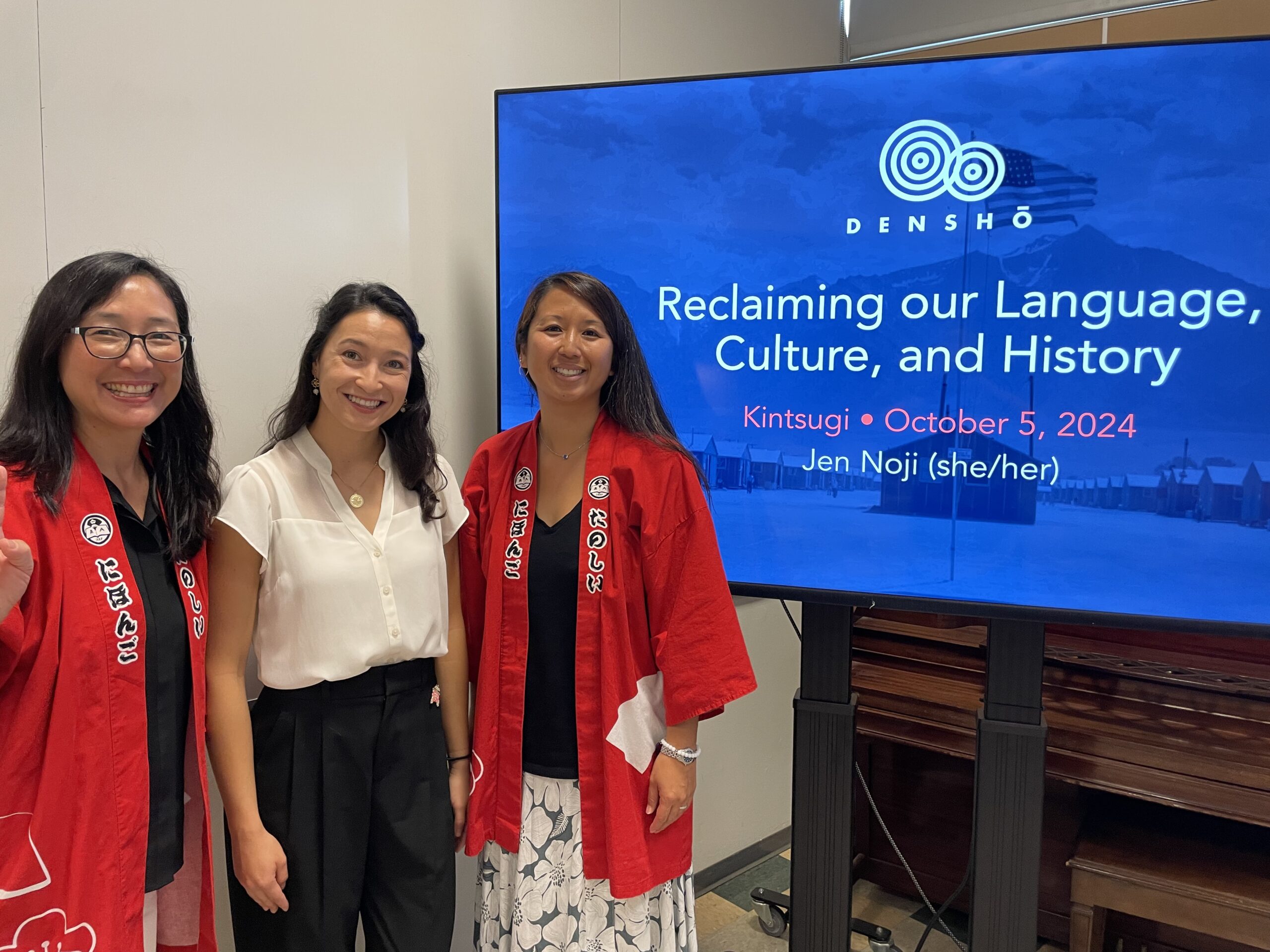
Reclaiming Japanese American Culture and Language after Decades of Erasure
Last month, Densho was invited to participate in Tsuru for Solidarity’s multi-day event Kintsugi 2024—a first-of-its-kind gathering for Japanese Americans focused on intergenerational trauma and repair. Densho Staff Writer and…
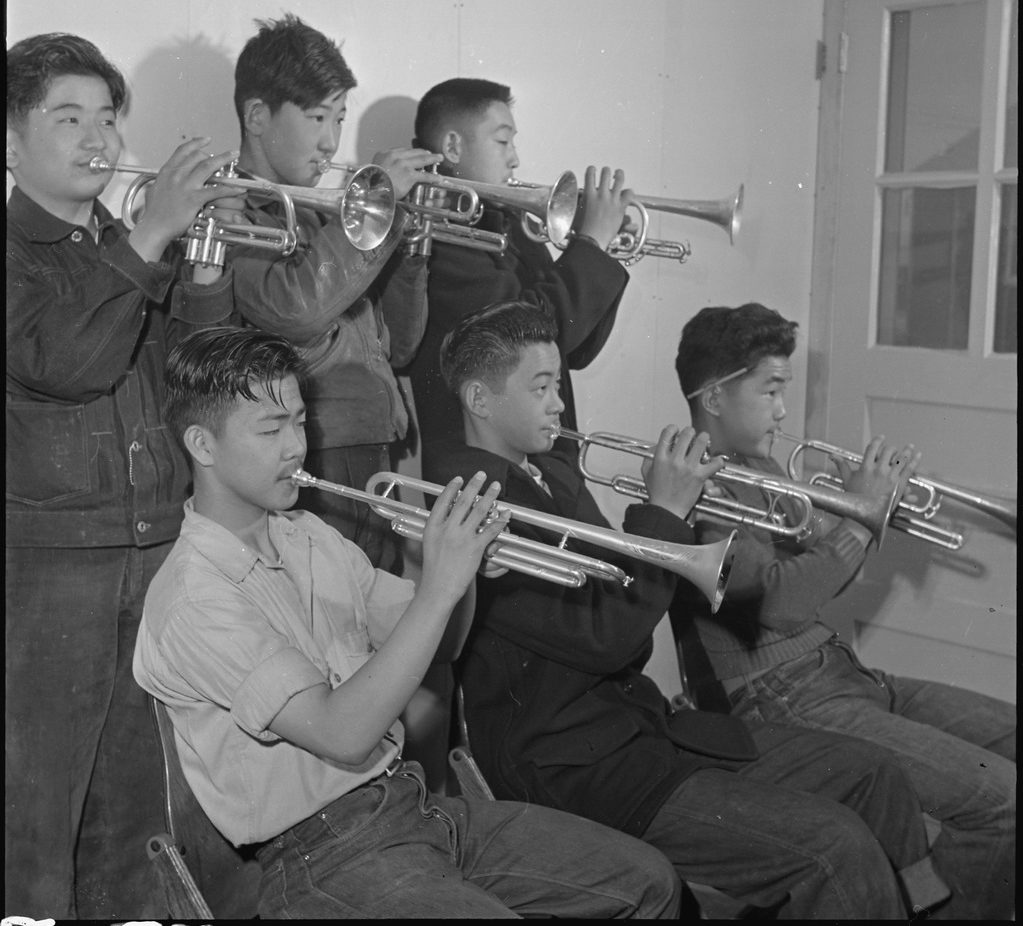
Four Nisei Jazz Stars You’ve Probably Never Heard Of
As the music genre that defined the United States for the first half of the 20th century, jazz had a deep impact on Japanese Americans. For many Nisei, music served…
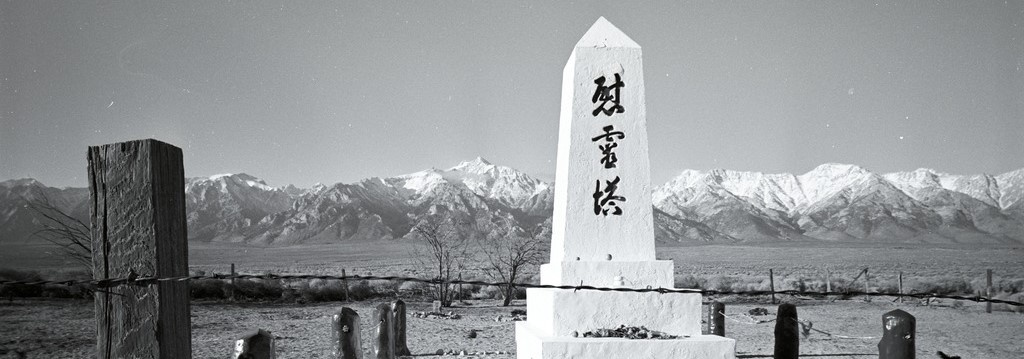
How Japanese Americans Fought to Make Sure We Never Forget Manzanar’s History
This National Park Week, we want to uplift the story of how Manzanar became the first of the US concentration camps where Japanese Americans were incarcerated during WWII to become…
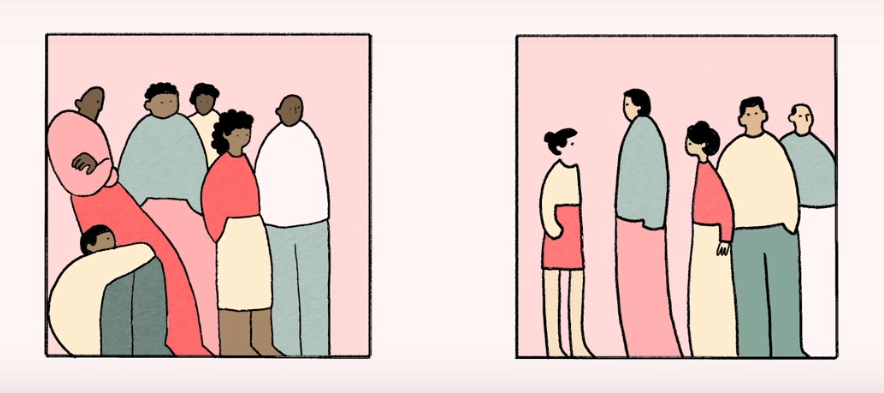
Inventing the “Model Minority”: A Critical Timeline and Reading List
The idea of Asian Americans as a “model minority” has a long and complicated history. By focusing on cherry-picked indicators of “success” like income, education level, and low crime rates—while…

Naomi Hirahara on the Secret Lives of Nisei in Post-WWII Chicago
Award-winning mystery novelist, public historian, and journalist Naomi Hirahara’s new novel, Clark and Division, follows the story of a young woman searching for the truth about her revered older sister’s…
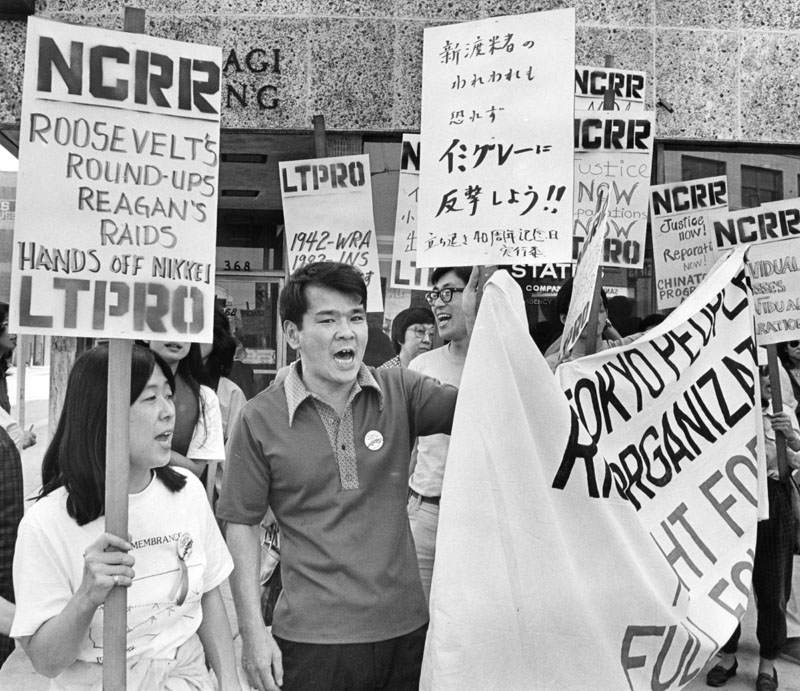
Displacement and Resistance in Japantowns: A Resource List
Japantowns in the U.S. have been shaped by a long history of both exclusion and resilience — from the dispossession of Indigenous peoples to the forced removal of Japanese Americans…
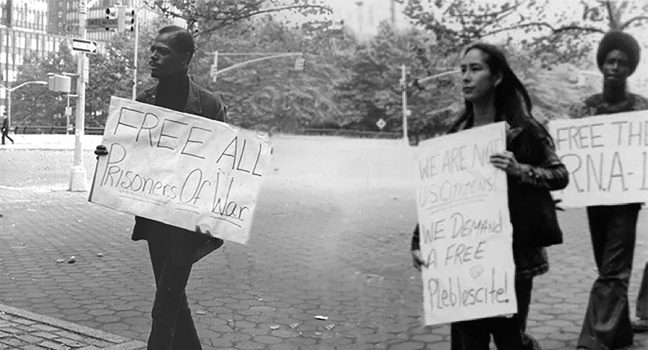
How the Asian American Movement Learned a Lesson in Liberation from the Black Panthers
As a musician, artist, and activist, Nobuko Miyamoto has long used art to create social change and solidarity across cultural borders. Her new memoir, Not Yo’ Butterfly: My Long Song…
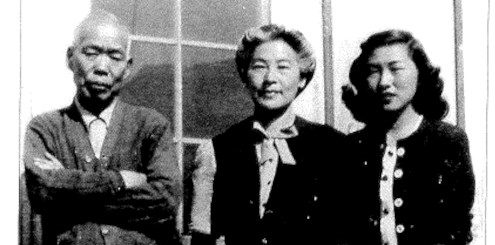
Meet the Sansei Researcher Exploring the Intergenerational Impacts of Japanese American Incarceration
Once a taboo topic, the impacts of WWII incarceration on Japanese Americans who lived through it are well-documented and widely acknowledged today. Donna K. Nagata, a psychology professor at the…
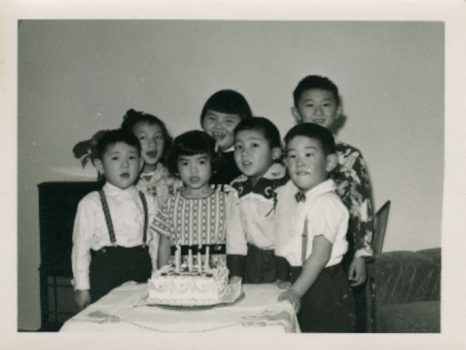
Nisei Notables Who Would Have Turned 100 in 2021
1921 likely marked the peak year of Nisei births in the continental US. So with the arrival of 2021, there are a whole host of Nisei artists, activists, performers, civil…
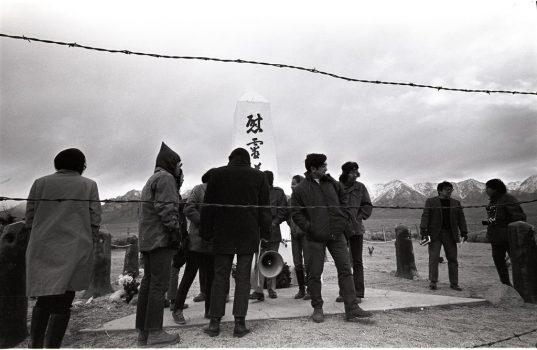
Photo Essay: The First Manzanar Pilgrimage
On December 27, 1969, an intergenerational group of Issei, Nisei, Sansei, and a few Yonsei made the 220-mile trek from Los Angeles to Manzanar. It was the first organized pilgrimage…

The Nisei Women Who Fought—and Won—an Early Redress Battle in Seattle
On February 27, 1942, the Seattle School Board accepted the forced resignations of 27 Nisei women working as clerks for the school district. Four decades later, those women fought for,…

Photo Essay: Japanese Americans Return to the West Coast After WWII Incarceration
The exclusion of Japanese Americans from the West Coast during WWII came to an official end on January 2, 1945. By the end of the year, nine of the ten…

Return to California: Japanese Americans in the Post-War Golden State
This month, Densho Content Director Brian Niiya and Japanese American National Museum Collections Manager Kristen Hayashi will present two public lectures in California focusing on the experiences of Japanese Americans…

